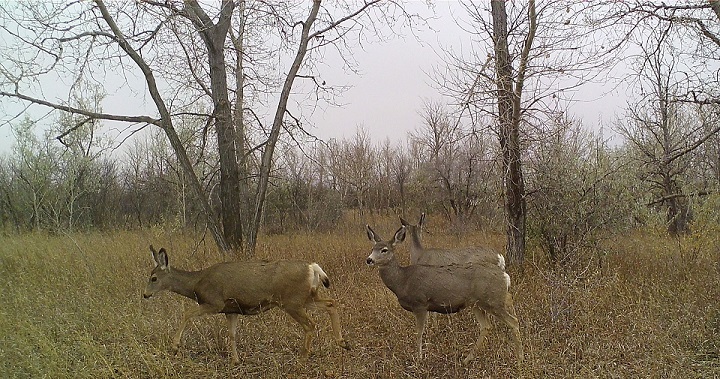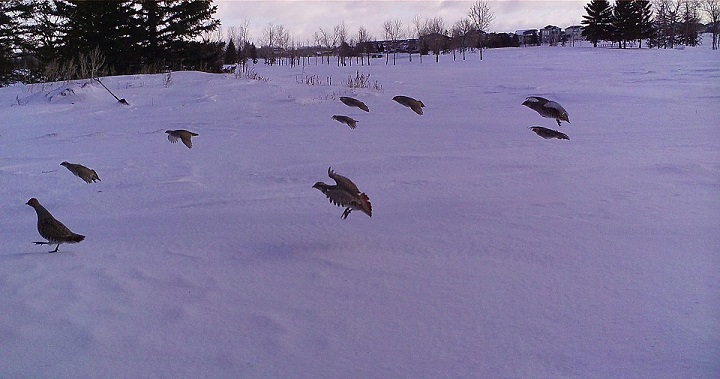A research project monitoring urban wildlife in and around Regina will officially continue into its second year in the Queen City.

The goal of the project is to understand the types of wildlife found within the city.
The collaboration between the Royal Saskatchewan Museum and University of Regina began in the fall of 2021 with 17 biodiversity monitoring stations positioned around the city.
“What we are hoping the project accomplishes is understanding how wildlife in an urban environment changes over time,” Ryan Fisher, the Royal Saskatchewan Museum curator of vertebrate zoology said.
“We have our first year of data, and hopefully it gives us a base line and we are hoping to register wild life for many years to come.”
The stations remained active for a one-month period in each of the four seasons, capturing images and recordings of large mammals, bird songs and bat calls.
According to a press release from the government of Saskatchewan, the songs of 41 species of birds were recorded in the fall and winter periods and researchers are currently listening to the recordings from the summer when there are a lot more bird species in the city.

Get daily National news
“Cities like Regina can provide valuable habitat for the conservation and management of wildlife,” Fisher said. “So far the project has recorded 13 species of mammals on camera, ranging from moose to white-tailed deer to American mink.
The museum’s research covers several locations in the city.
The stations are evenly distributed at locations in the middle of Regina, on the edges of the city and some in more natural areas well outside the city boundaries.
“This design helps researchers understand how different levels of urban development influence wildlife,” Fisher said. “Over the last year, trail cameras were active for over 50,000 hours of monitoring and microphones recorded over 500 hours of audio recordings.
“(It’s) a lot of information for the team of researchers to wade through.”
In year two of the research project, the museum plans to expand to new areas of the city to capture even more data.






Comments